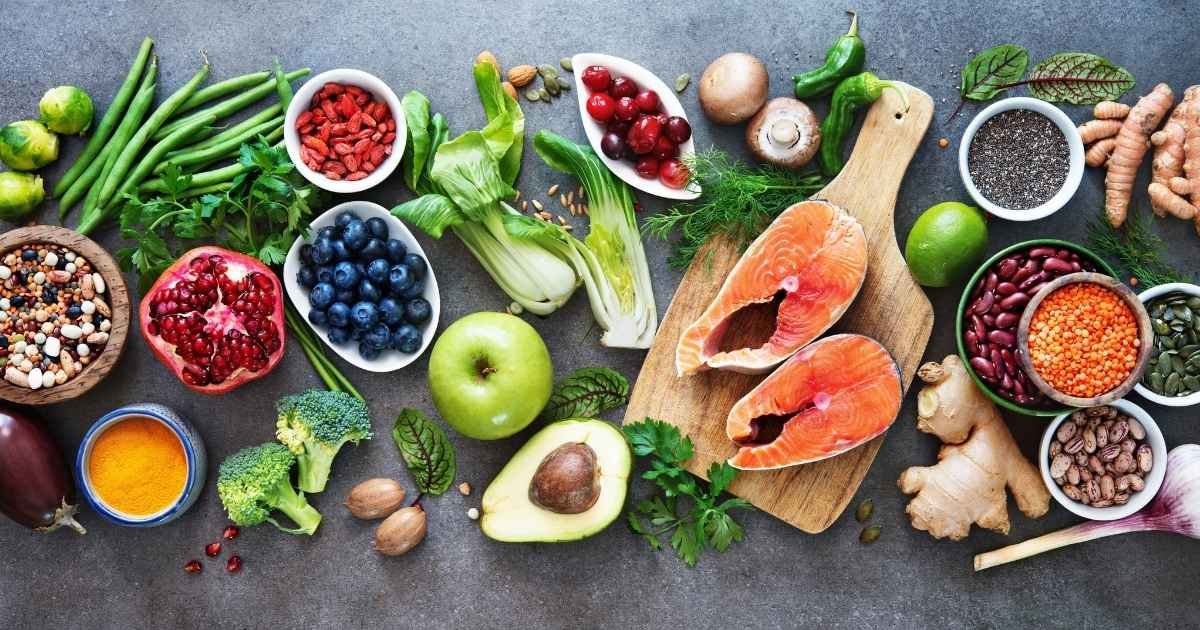Cardioprotective nutrition is an eating pattern designed to keep the heart strong, prevent cardiovascular disease and help control risk factors such as hypertension, high cholesterol and diabetes. Adopting healthy habits does not require extreme changes, but smart, consistent choices tailored to your lifestyle and, in the case of those living in Puerto VallartaThe abundance of fresh local food.
What does "cardioprotective" in the diet mean?
It means prioritizing foods that provide heart-healthy nutrients - fiber, antioxidants, healthy fats - and reducing those that promote inflammation, increased LDL cholesterol or high blood pressure. This strategy is based on patterns such as the Mediterranean diet and the DASH plan, which are recommended by the American Heart Association.
Pillars of a heart-healthy diet
- Fresh fruits and vegetables: rich in vitamins, minerals, fiber and antioxidants.
- Whole grains: oats, brown rice, quinoa, whole wheat bread 100%.
- Lean proteins: fish, skinless chicken, legumes such as beans, lentils and chickpeas.
- Healthy fats: olive oil, avocado, nuts, almonds, seeds.
- Low-fat dairy products: skim milk and yogurt, low-sodium cheeses.
- Low in salt and added sugars: limit processed foods and soft drinks.
Recommended foods and foods to avoid
| Recommended foods | Benefits | Foods to limit or avoid | Negative effect |
|---|---|---|---|
| Oily fish (salmon, sardines, tuna) | Rich in omega-3, lower triglycerides | Sausages, processed meats | High sodium and saturated fats |
| Oats and whole grains | Soluble fiber, reduces LDL | White bread, industrial pastries | Refined flours raise glucose and triglycerides |
| Citrus fruits and berries | Antioxidants, protect blood vessels | Soft drinks and sweetened juices | Increase glucose and weight |
| Legumes | Vegetable protein and fiber | Fried foods and fast food | Trans fats and excess calories |
| Extra virgin olive oil | Improved lipid profile | Margarines and shortening | Trans fats and saturated fats raise LDL |
Practical tips for day-to-day use
- Fill half of the plate with vegetables and salads.
- Prefer cooking methods such as steam, oven or grill.
- Use herbs and spices instead of salt for seasoning.
- Maintain adequate hydration: natural water as the main drink.
- Plan your shopping to avoid quick and unhealthy options.
Sample cardioprotective menu (1 day)
- Breakfast: Oatmeal cooked with skim milk, sliced banana and nuts.
- Snack: Natural unsweetened yogurt with berries.
- Food: Grilled fish fillet with spinach salad, avocado and olive oil dressing; brown rice.
- Snack: Cucumber and carrot slices with hummus.
- Dinner: Lentil salad with tomato, bell bell pepper, red onion and lemon.
Proven benefits
Following a cardioprotective diet helps to:
- Reduce LDL cholesterol and triglyceride levels.
- Maintain a healthy blood pressure.
- Improve blood circulation.
- Decrease chronic inflammation.
- To promote an adequate body weight.
Adaptation to the environment of Puerto Vallarta
The region offers fresh products ideal for this lifestyle: Pacific fish, tropical fruits such as papaya and mango, and local vegetables. Choosing simple preparations and limiting salt in typical dishes improves the quality of the diet without losing flavor.
Take the next step
Diet is one of the most powerful tools to take care of your heart. Adopting these habits today can prevent complications tomorrow.
📅 Schedule a nutritional and cardiological assessment in our clinic in Puerto Vallarta to design a plan adapted to your needs.
Make your appointment now
References
- American Heart Association - Healthy Eating for a Healthy Heart
- European Society of Cardiology - Cardiovascular Disease Prevention
- NOM-037-SSA2 - Prevention and control of dyslipidemias.
Legal note: This content is for informational purposes only and is not a substitute for medical advice. Always consult a health professional before making major changes to your diet.
